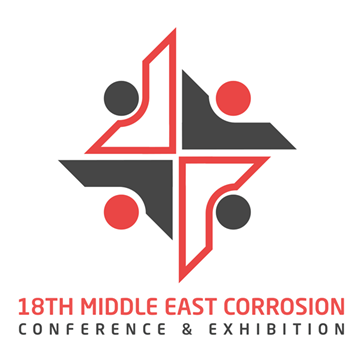Search
AMPP Conference Papers
View as
Sort by
Display
per page
Upset Conditions In Anaerobic Digesters In Wastewater Treatment Plants Cause Degradation Of Protective Linings
Product Number:
51322-18235-SG
Publication Date:
2022
$20.00
Use of AMPP SP 0113 for Methods Selection and Implementation of Pipeline Integrity Management
Product Number:
51324-20705-SG
Publication Date:
2024
$40.00
Use of data analytics techniques to compare daily RMU coupon readings with CIS survey results
Product Number:
51323-19318-SG
Publication Date:
2023
$20.00
Use of Microbiological, Geochemical, and X-ray Diffraction Techniques to Support the Autopsy of Reverse Osmosis Membrane from a Saudi Aramco Gas Plant
Product Number:
MECC23-20019-SG
Publication Date:
2023
$20.00
Use of Modern Technologies to Solve an Ageing Scaling Problem
Product Number:
51323-19296-SG
Publication Date:
2023
$20.00
Use of Nonmetallic Materials to Improve Construction Productivity and Sustainability of Infrastructure
Product Number:
MECC23-20037-SG
Publication Date:
2023
$20.00
Use Of Potential Probes To Monitor Cathodic Protection: Accuracy Of The IR-Free Potential Measurement
Product Number:
51321-16765-SG
Publication Date:
2021
$20.00
Use Of The Corrosion Prognostic Health Management (CPHM) System On The Mi-24 Helicopter
Product Number:
51322-17885-SG
Publication Date:
2022
$20.00
Use of UNS S32906 versus UNS N02200 on the first effect evaporator in NaOH production
Product Number:
51323-19487-SG
Publication Date:
2023
$20.00
Use Of Vapor Phase Corrosion Inhibitor For Tank Bottom Protection
Product Number:
51322-17879-SG
Publication Date:
2022
$20.00
Using Atmospheric Plasma for Enhance Coating Adhesion to Limit the Onset of Corrosion
Product Number:
51323-19191-SG
Publication Date:
2023
$20.00
Using DC Decouplers to Maximize Isolation of Cathodically Protected Structures
Product Number:
MECC23-19878-SG
Publication Date:
2023
$20.00












